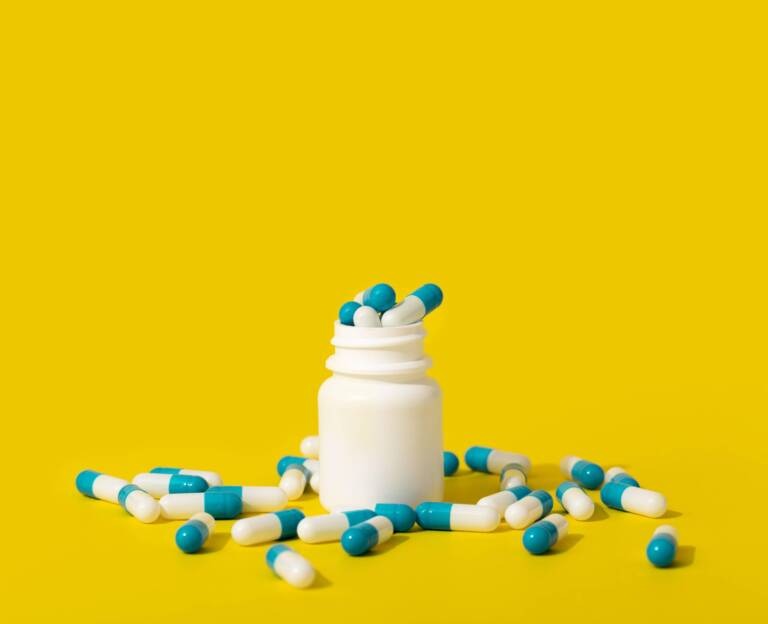The development of drugs is a long process, and it takes 12-15 years to complete the development for regulatory submission. Thereafter, the regulatory approval, licensing, price negotiations etc. take another 2-3 years. Thus, the availability of medicines in the marketplace and its access to the patients is a long wait. For certain health conditions and/ or illnesses, if there is no alternative therapy available and/ or if the drug under investigation is found to be suitable for the treatment of a rare disease, there exists a procedure under which the trial medicine can be made available to the trial participants once the clinical trial is completed. In short, even if the investigational drug product is under evaluation, its benefits can be provided to the participants until the product is available in the market following approval from the regulatory authorities. These programs are called as << Expanded Access Program (EAP)>>. Making investigational products available to trial participants is also sometimes referred to as Compassionate Use Programme (CUP), Early Access Program, Managed Access Program (MAP), Post-Trial Access Program or Named Patient Program (NPP).
These programs enable patients with serious or life-threatening diseases, rare diseases who have no other treatment available to provide access to experimental drugs that are still being tested and have not yet received regulatory approval. These programmes are governed by special laws and are carried out on a case-by-case basis, considering the particular patient’s health and the accessibility of the experimental drug.
Expanded access may be necessary if all of the following hold true:
- The illness or condition of the patient is severe/ rare or immediately lethal.
- There isn’t a similar or effective alternative therapy available to identify, track, or treat the illness or condition.
- It is not possible to recruit patients in a clinical trial if the trial has reached its recruitment/ reached closure.
- The benefits of the experimental treatments outweigh any possible health risks for the patient.
- A drug’s development or marketing approval for the treatment indication won’t be hampered by the provision of the investigational medical product.
Implementing an Expanded Access Program (EAP) in drug development can offer several advantages, both for patients and drug developers like access to treatment, real-world data collection on the safety and efficacy of the investigational drug outside the controlled environment of clinical trials, patient benefit and satisfaction, ethical considerations, accelerated approval applications for the drug, improved drug development decision making for drug developers from the feedback and data collected from patients, identification of rare side effects since EAPs involve a broader patient population than clinical trials, a well-structured and ethical EAP improves public relations and stakeholder engagement with the clinicians involved in clinical trials as well as providing access to their patients that otherwise was not available.
Here’s how an EAP can help with the development of drug development:
- Phase II and Phase III clinical trials help understand the safety and efficacy of the investigational product. Thus, if the target indication is life-threatening illness and/ or for rare diseases, the interim data from these studies are important to decide the benefits it can offer in planning and executing EAP to the needy patients. Conducting such programs provides additional information of the safety and efficacy of the investigational drug in patients. Although patients in clinical trials often meet certain requirements, there could be patients with serious or life-threatening diseases who don’t fit the criteria but could still benefit from the novel drug. These patients are out of the clinical trial purview but still can benefit from the investigational drug as otherwise they have no other alternate treatment available for their disease conditions. In these situations, an EAP can offer a method for these patients to get access to the experimental drug.
- Phase III Trials Followed by Pre-Approval: Drug developers present the data to regulatory agencies for examination and possibly approval following the conclusion of Phase III studies. However, it can take some time before the drug is authorized and sold on the open market. An EAP can provide access to patients who urgently require the drug but cannot wait for final approval while the regulatory process is still in progress.
- Post-Approval and Restricted Accessibility: Even after a drug has received approval, there may still be certain limitations on its accessibility, such as a restricted geographic distribution or particular prescription requirements. An EAP can make sure that patients with unmet medical needs have access to the approved drug in certain situations.
It’s important to remember that different countries operate EAPs differently because they all have different legislative frameworks and laws for Compassionate Use Programmes (CUPs). The eligibility requirements and procedures for access to the investigational drug through an EAP are decided upon by drug producers in cooperation with healthcare regulators and ethics committees. EAPs’ major goal is to strike a balance between the necessity to give seriously ill patients access to potentially life-saving therapies, the integrity of the drug discovery and development process, and patient safety.


